Electronic Evolution: How to sound like Depeche Mode
Depeche Mode: One of the most legendary synth-pop acts ever to conquer the charts. In today’s instalment of “sound like”, we look at their 1987-1990 period. Often referred to as the Alan Wilder era, it encompasses two of their most revered albums: Music For The Masses (1987) and Violator (1990)
Like the previous album Black Celebration (1986), Music For The Masses extensively used digital sampling throughout its production. Still in its infancy, sampling was very much en vogue at the time and Depeche Mode built their sound around the unique digital texture of the E-mu Emulator II and many other classic samplers.
The instruments used by Depeche Mode
Apart from their own choice of instruments, the choices of Daniel Miller, David Bascombe, and Mark “Flood” Ellis played a big role in the resulting sound of Depeche Mode records of this time.
Sequencers
At this time, preproduction was done using a combination of a UMI sequencer and an early version of Cubase. Martin Gore’s demos were written with a Cubase system which was then synced up with the UMI to provide a solid foundation for tracking.
In some cases, preserving the feel was important and impossible to recreate on other systems. Songs like Waiting For The Night revolve around the use of the ARP sequencer used with the 2600.
The Synclavier‘s sequencer was also used in a similar fashion, meanwhile, the albums were still predominantly recorded to tape.

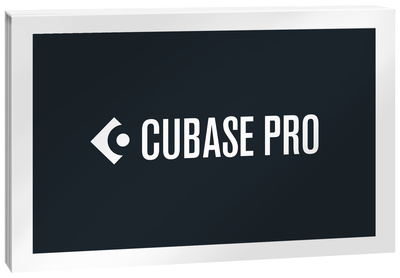
Synthesizers
Since the Vince Clarke period, the ARP 2600 was always a regular for leads, basses, and even drums. Its unmistakably clean but very upfront and in-your-face sound was featured on many Depeche Mode songs.
In addition, analogue synths like the EMS VCS3, the Minimoog, the Oberheim Matrix as well as the OB-8 were also used extensively throughout Depeche Mode recordings in the 80s and early 90s.
Digital synths like the Korg DW-8000 also came into play at this time, and later through the 90s, the Roland JD-800, and Korg Prophecy too. Even the guitar part on Never Let Me Down was filtered through the ARP 2600 before being sampled and retriggered with the Synclavier.

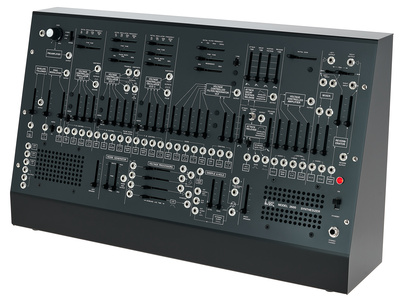
Samplers
Depeche Mode used sampling extensively throughout the 80s and early 90s. From the Synclavier to the Emulator II, which was a favourite, the band sampled Carmina Burana and even the famous When the Levee Breaks snare.
Various AKAI samplers like the S1000, and later the S1100, were also used particularly in cases where more responsive sample triggering was required, as this was not the Emulator’s forte.
Alan Wilder also used the Emulator III and EMAX, which had higher sample rates and larger sample memory. However, the Emulator II was often still preferred for its unique sonic quality.

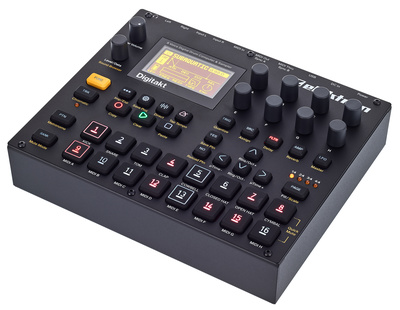
Other instruments
The now famous Studio Guillaume Tell was opened in 1986 in France. It was initially chosen for its amazing collection of instruments by the band for the recording of Music For The Masses.
This included timpanis and orchestral bass drums, as well as a Steinway grand piano which were all used throughout the album. The studio itself had been converted from an old cinema, which gave it a certain aesthetic appeal.
Many of these were played in live, but one of the most iconic sampled instruments was the stomps on Personal Jesus which were created with some flight cases that were lying around the studio.
- Control room at Guillame Tell. · Source: Devenir Ingeson
- Live room. · Source: Devenir Ingeson

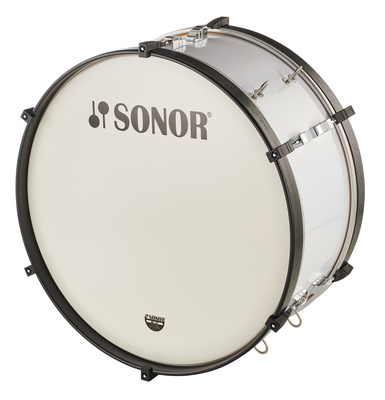
More about Depeche Mode:
- Official page
- Never Let Me Down Again
- Listen to Music For The Masses
- The recording process used on People Are People
- More sound-alikes
- Everything vintage
Videos:
You are currently viewing a placeholder content from YouTube. To access the actual content, click the button below. Please note that doing so will share data with third-party providers.
You are currently viewing a placeholder content from YouTube. To access the actual content, click the button below. Please note that doing so will share data with third-party providers.
You are currently viewing a placeholder content from YouTube. To access the actual content, click the button below. Please note that doing so will share data with third-party providers.
You are currently viewing a placeholder content from YouTube. To access the actual content, click the button below. Please note that doing so will share data with third-party providers.
You are currently viewing a placeholder content from YouTube. To access the actual content, click the button below. Please note that doing so will share data with third-party providers.
*This post contains affiliate links and/or widgets. When you buy a product via our affiliate partner, we receive a small commission that helps support what we do. Don’t worry, you pay the same price. Thanks for your support!
2 responses to “Electronic Evolution: How to sound like Depeche Mode”
 4,5 / 5,0 |
4,5 / 5,0 | 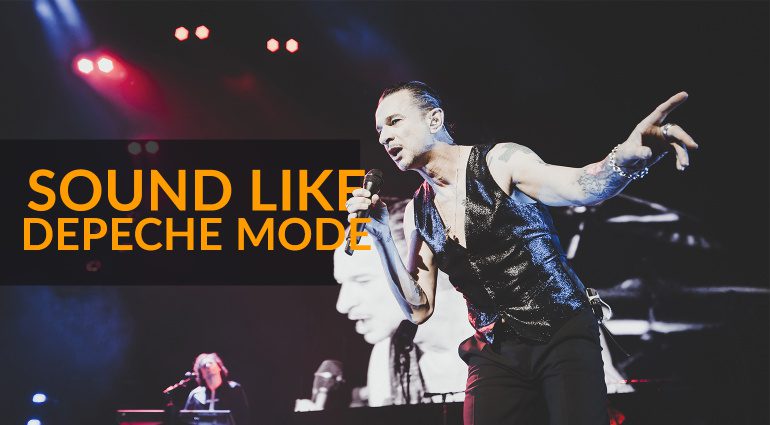

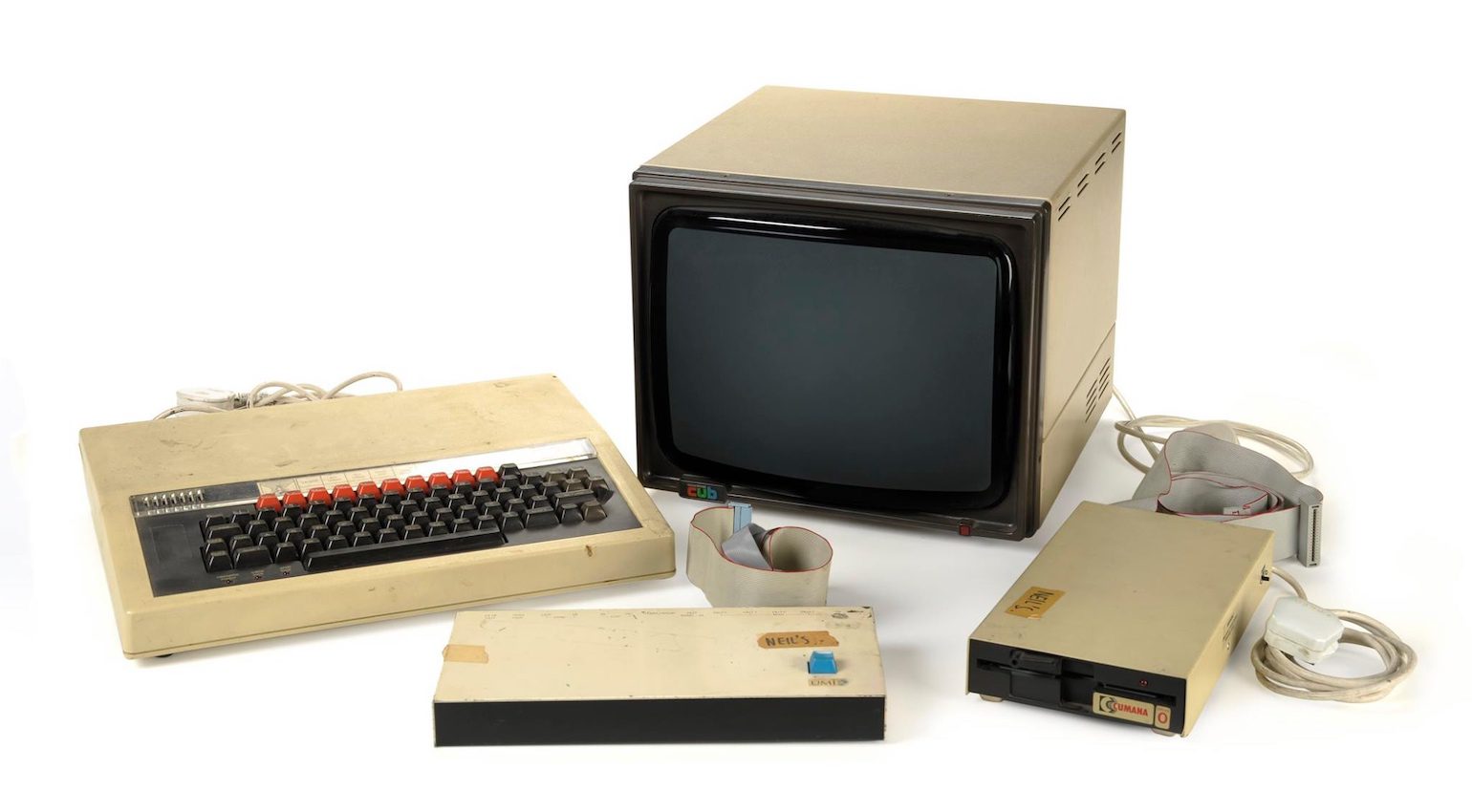


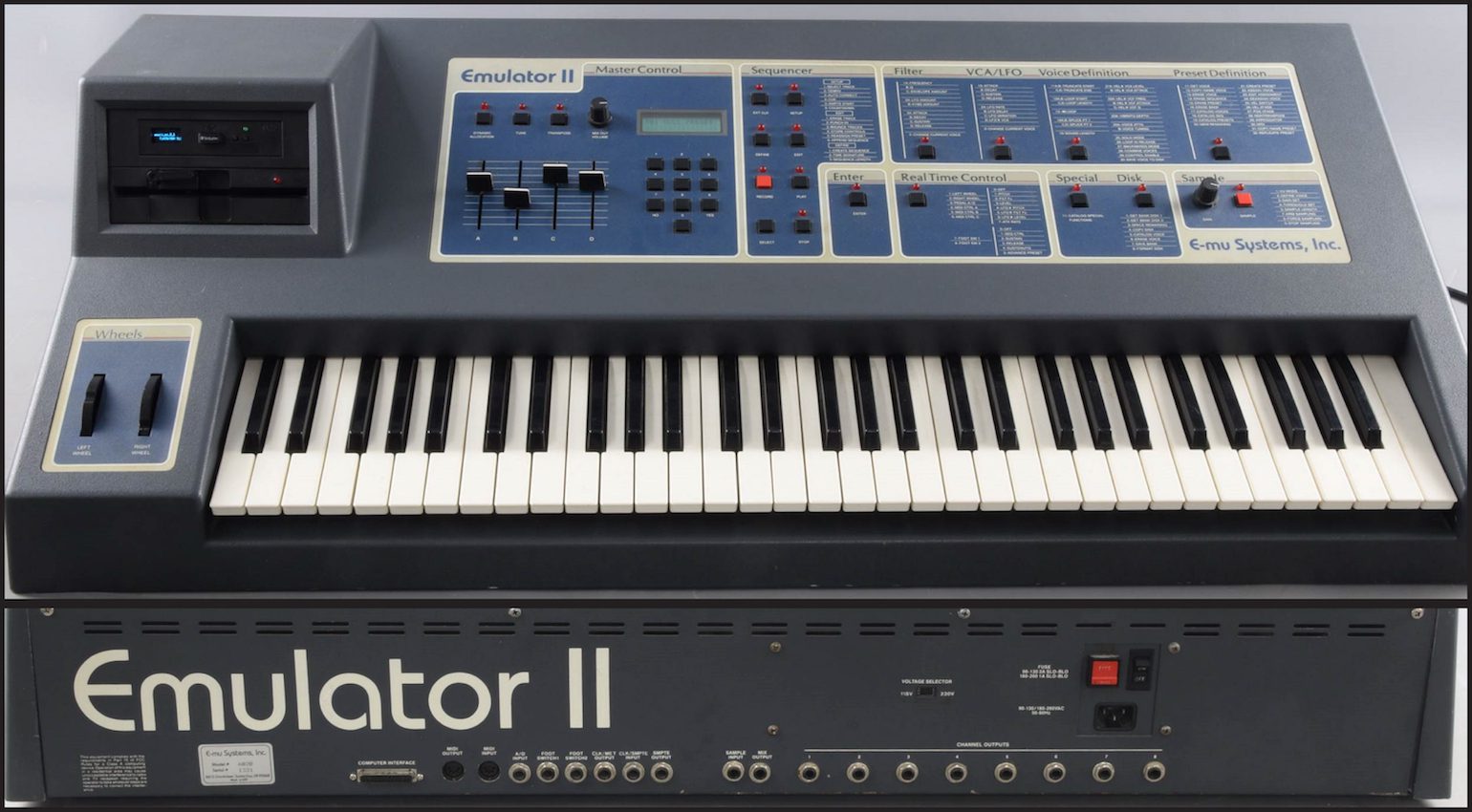
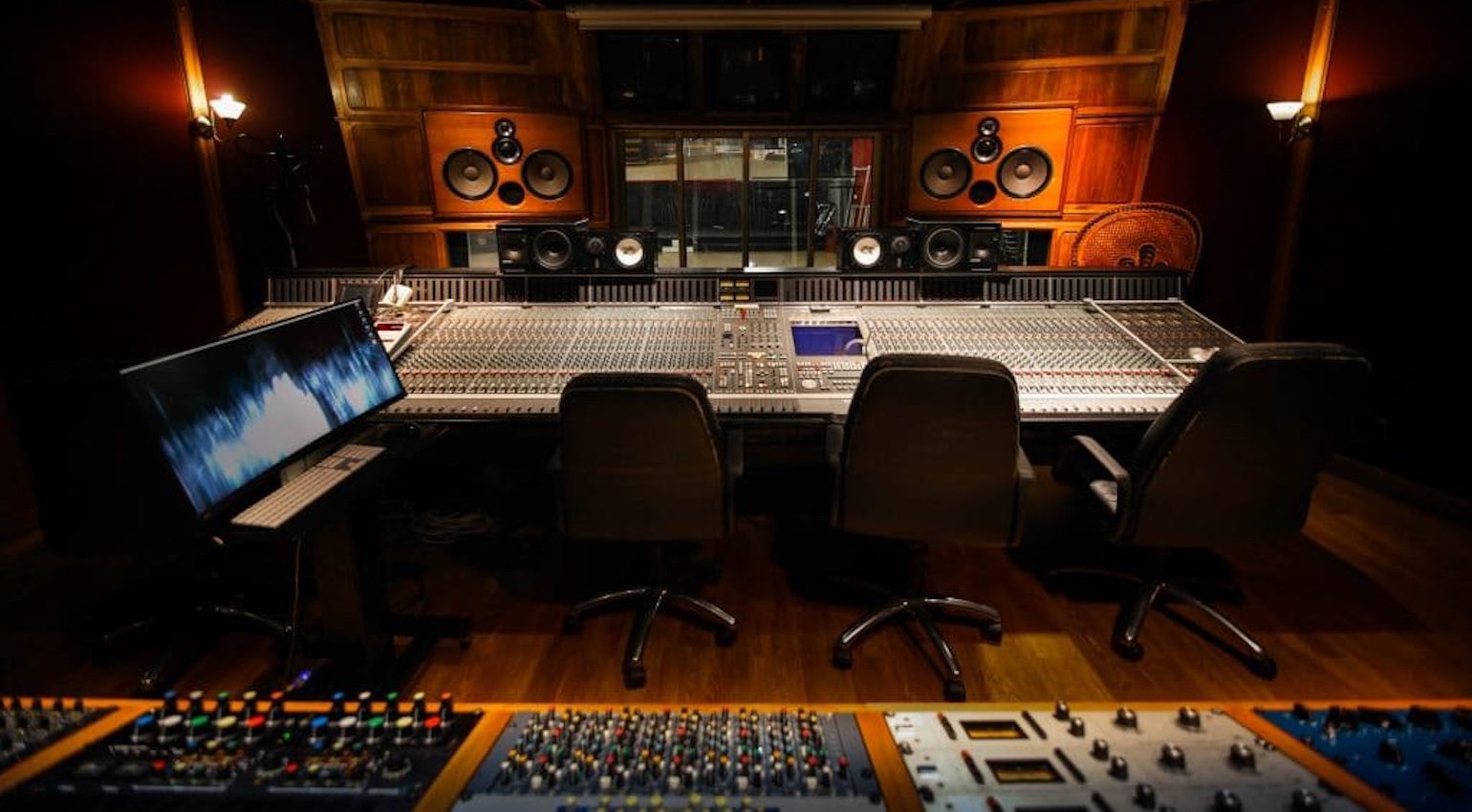



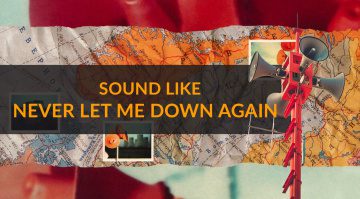




This is a fun post, more like these. Miss the 80’s and 90’s crunchy samples.
Alan Wilder has sold on eBay discs of Emax samples that he used on various DM tours – reportedly they came with the conditions that the sounds couldn’t be re-distributed, but if you look around, they appear to be available on the internet.
https://youtu.be/LoJHXc3RaC0
https://youtu.be/rd3dORxgy5c